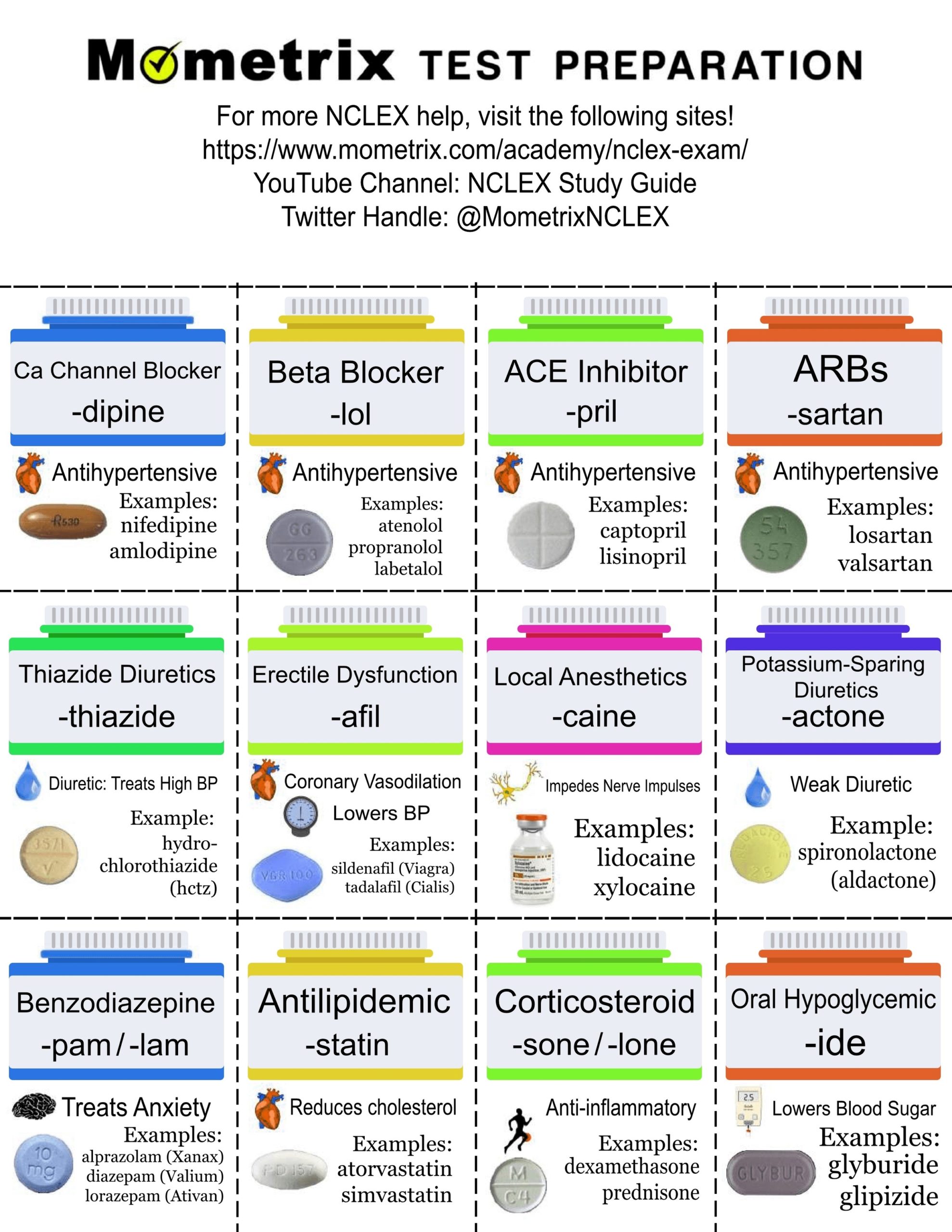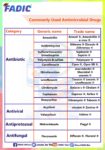Understanding drug suffixes is a key part of pharmacology. These suffixes are often used to group drugs based on their action, and they can be found at the beginning, end, or middle of the generic name. Here are some examples:
1. -ac: This suffix is used for NSAID (acetic acid derivatives) like bromfenac and dexpemedolac.
2. -adol-: Drugs with this stem are mixed opiate receptor agonists/antagonists, such as levonantradol and spiradoline.
3. -afil: This suffix denotes inhibitors of PDE5 with vasodilator action, like sildenafil (Viagra) and tadalafil.
4. -alol: Drugs ending with this suffix are combined alpha and beta blockers, such as labetalol and medroxalol.
5. -andr-: This stem is used for androgens like nandrolone.
6. -anib: Drugs with this suffix are angiogenesis inhibitors, which inhibit the growth of new blood vessels. Examples include pazopanib and vandetanib.
7. -anserin: This suffix is used for serotonin 5-HT (sub)2 receptor antagonists like altanserin and tropanserin.
8. -arabine: This suffix is used for antineoplastics (arabinofuranosyl derivatives) like fludarabine.
9. -ase: This suffix is used for enzymes like alglucerase and dornase alfa.
10. -atadine: This suffix is used for tricyclic antiasthmatics like olopatadine and loratadine.
These are just a few examples of the many drug suffixes used in pharmacology. Familiarizing yourself with these suffixes can help you understand the use and function of different medications, making it easier to communicate about drugs more precisely and avoid prescribing errors.



